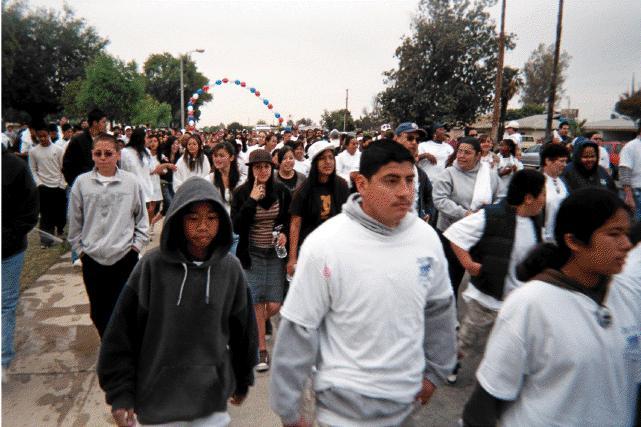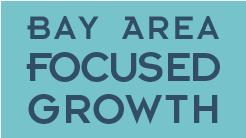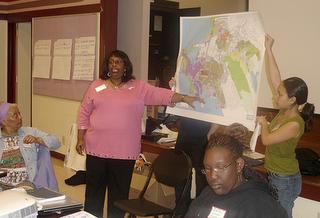Land Use & Community Design Case Stories
Well-planned communities with a balance of housing, jobs, shopping, schools, and recreation give people the option of walking, biking or using transit rather than driving. This results in lower greenhouse gas emissions and also promotes physical activity and more vibrant, healthy and sustainable communities.
Each story includes lessons learned, links to additional resources and can serve as examples other agencies may consider and adapt to meet their communities’ unique circumstances.







